There is no "right answer", it all depends on your personal preferences, your needs, and how much you want to spend. Keep in mind that in essence, a bed is any defined space holding a planting mix that differs significantly from the structure of the surrounding soil. Here are some options:
- Nothing at all: You don't *have* to have a side on your raised bed. Some folks just mound the soil up and use a hoe or rake to keep the edges relatively steep. This works best in places where flood action isn't likely to erode the beds with water running around them and there are not weeds or invasive grasses growing near the edge of the beds. Plus, it is really cheap, and can be lived with even in less than ideal circumstances until sides can be built later. Weedless Gardening by Lee Reich covers this approach.
- Sunken Beds:In keeping with the above, the raised part of building a bed is optional. Some desert locations use sunken beds to maximize water use. If you live in a hot, dry climate don't let the focus on reduced ground preparation distract from the advantages of a sunken bed. Though it is a lot of work to dig each sunken bed, screen out the caliche, and then add compost, etc. to the remaining soil, it is work that is only needed once per bed. The advantage of having a sunken bed that keeps water more easily combined with paths of undisturbed native soil can be well worth it in some climates.
- Untreated wood: Some people use thin strip of plywood with more solid corner stakes and simply replace their beds ever several years as the wood falls apart. Others have found that use of 2x lumber (either 2x8 or 2x12 or stacked 2x6s) lasts a very long time and is sturdy enough to bear weight even along the edges and resists mechanical injury from weed trimmers or wheelbarrows. Some staple heavy plastic to the inside of their wood sides to help keep moisture away from the boards and prolong their life. Use of a naturally decay resistant wood like cedar or redwood is both attractive and exceptionally durable, but considerably more expensive. Check the damaged wood section at lumber yards for big discounts.
- Landscape Timbers: They last almost forever even when in constant contact with moist ground. However, there is/was considerable debate about the CCA treated landscape timbers possibly leaching into the soil and being taken up by certain vegetables. A commonly recommended precaution is to placing a heavy-duty layer of plastic between the landscape timbers and the bed contents, which actually helps keep the wood dryer (thus lasting even longer) and prevented the preservatives from leaching directly into the soil. New wood preservatives are not supposed to be as dangerous, but using the plastic barrier method could not hurt...
- Plastic milk crates: Some have used plastic milk crates lined w/perforated cardboard & filled with soil as planters. They're great for growing carrots (24 to the crate). You can use them as edging for raised beds by arranging them in open rectangles that you then fill with soil. They form a sturdy, frugal & easily expanded raised bed system and container garden all in one. You can also use the wooden fruit crates that produce markets toss out. They only last a season or two (unlike the milk crates which may outlive us) but they work just as well.
- We do not recommend railroad ties: If there is enough creosote left in the tie to keep it preserved, there is enough to leach considerable quantities into the soil around it. The reason used RR ties can be bought cheaply is that throwing them away requires paying a hefty hazardous material fee. They are also a vector for transporting Formosan termites. If a railroad tie seems light compared to others that look fresher, most likely its middle portion has already been removed by some sort of wood destroying insect, and should not by purchased. The good ones do last forever and have a rustic look, but the plastic barrier method is not always sufficient to effectively stop creosote leaching.
- Masonry products: Durable, generally portable, and flexible, with a higher initial cost offset by permanency and other benefits. Existing or bought stone, cinderblocks, stacked or mortared bricks, or concrete paving materials all make a suitable bed edge. Cinderblocks can be moved or rearranged if a bed needs to be extended or relocated. For a classy permanent raised bed made from cinders or salvaged brick, it can be coated with a concrete based substance called hypertufa (See the Hypertufa forum here at GW for more information).
- Plastic bed edging: cheap shallow beds are a breeze to make using the generic black plastic bed edging materials. Especially useful if needing to make a raised bed around something, in tight locations, or to transition from a more formal planting into a vegetable patch tucked onto one end of a decorative garden.
- Rubber lumber made from old tires
- Fiber cement house siding boards (like Hardi-plank) or exterior fascia trim boards
- Plastic Mesh
- Corrugated tin
- Composite plastic/wood decking material (like Trex): it should work great-- but once you price it, you may decide to seek a cheaper option.
- Whatever you've got! Use your imagination and what is available-- then let us know if it works!


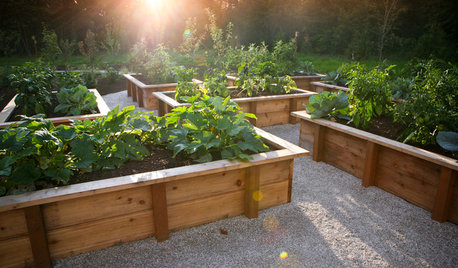

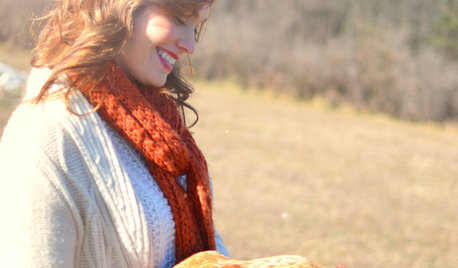


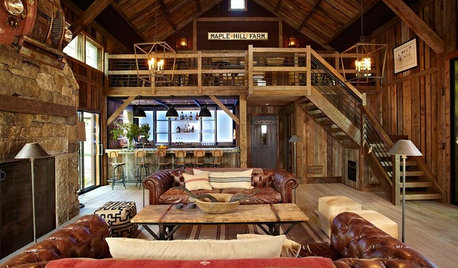
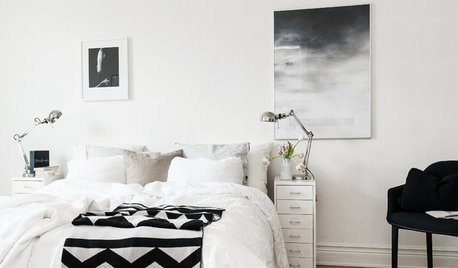



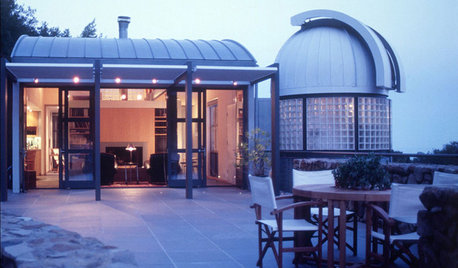
Related Discussions
How do I make raised beds
Q
show me yours, so i can build mine - raised hosta beds
Q
Building Raised Beds Cedar or PT Wood? How Thick?
Q
What do I build raised beds out of?
Q